Importance of KPI Software and Dashboards for Performance Management
Importance of KPI Software and Dashboards for Performance Management
Confusion exists regarding KPA, KPI, and KRA, and you may have typed in KPA software by mistake whilst you were indeed looking for KPI software. Before we explain how KPI software can help your company, let’s first take a look at what KPA is and how it relates to KPI and KRA.
KPA refers to Key Performance Areas. However, it can also refer to Key Process Areas. In the first instance, it is about areas in which the department or the company as a whole must perform. Examples include the best resource usage, and maintaining the manufacturing plant in such a way so as to ensure optimal working. If you want to measure how the company is performing in the Key Performance Areas, you will use KPIs, which are the metrics to measure performance. KPA software is thus closely related to KPI software.
In the case of Key Process Areas, the phrase refers to the fact that responsibility for performance lies with specific departments or employees. As such, it is also related to KPIs, as will become clear in the explanation below.
KRA relates to the assigning of specific responsibilities by management. The KRAs are valuable in the sense that such help the employee to get a better understanding of his or her role, and how their responsibilities align with the company’s performance objectives. KRAs include, for instance, operational cost control or product management.
KPI refers to Key Performance Indicators. These indicators are selected to measure the performance of the company. The current position is determined and based on the performance measurement result, and a course of action is selected. It thus becomes clear that KPI, KRA, and KPA are related. Therefore, when you invest in KPI software, it will enable you to measure performance related to processes and responsibilities, as well as overall performance.
KPIs must be carefully selected. Although there are hundreds of KPIs, not all are relevant to what needs to be measured. Making use of our services, and KPI or KPA software will thus enable you to choose relevant KPIs, and to measure such correctly.
Why is KPI Software Important?
Measurement of performance is essential for any business. Without it, the business management team doesn’t know whether the business is indeed reaching the targets set as part of its overall strategy. “Target” is the keyword here. Performance must be measured against something, which is why KPIs are used. Performance is measured against known values, whether such are financial or non-financial. In addition, the performance measured must be relevant to the company’s strategy.
Choosing the right KPIs is essential, as one can easily get so focussed on the measurement and monitoring of performance that the big picture becomes blurred. Measuring an employee’s performance regarding the neatness of their desk is completely irrelevant to how the company’s sales are doing. To avoid the measurement and monitoring of irrelevant performance indicators, it is important to choose the right tools for measurement.
This is where using the right KPI and KPA software becomes essential. In addition, you also need to set up and use dashboards to measure performance. We offer you relevant KPI and KPA software, expertise in dashboard development, and selection of KPIs.
What is a KPI Dashboard?
A company consists of business units, departments, teams, and employees or individuals. There are various processes in the company, and various roles which departments, teams, and individuals have. The roles and processes make up the company, and the success of the company is determined by how well the processes work, how well the departments perform, and how well the individuals fulfil their roles. The company has specific performance goals, and everything in the company must be aligned towards reaching those goals.
The KPI dashboard is where the key metrics of the company are collected, grouped, and organised. This is where it is possible to create a visual presentation of the performance of an individual, team, department, process, unit, and the company overall. The information is valuable, because it allows insight into performance problems, and what needs to be done to ensure the desired growth.
KPI dashboards make it possible to access the key performance indicators in real-time, and thus make decisions quickly. With such, it is possible to identify opportunities for growth and determine where there are problems.
Where to Get Relevant KPI or KPA Software Assistance?
Discuss your particular performance measurement requirements with us, and let us help you select the right, indicators and software, and to set up relevant dashboards for effective performance management.


